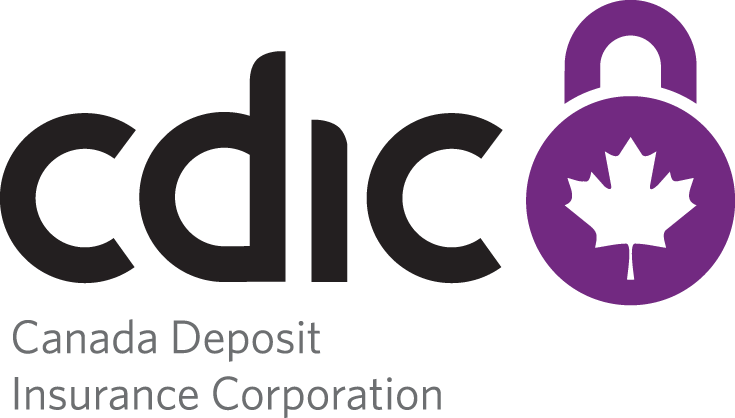Reimbursement of insured deposits
In certain cases when a failed bank closes, customers no longer have access to their deposits and financial services.
So that insured depositors have their money as quickly as possible, CDIC automatically launches its reimbursement process:
- Insured depositors do not have to file a claim.
- CDIC reimburses insured deposits up to $100,000 per insurance category.
- Payments are made by cheque sent by mail.
We start mailing cheques for the Deposits held in one name and Deposits held in more than one name (i.e. joint deposits) categories in the days following the closure of the failed member. No action is required from the depositor.
CDIC uses the information in the failed member’s records to issue reimbursements and provides a letter, statement, and cheque for each category.
If you held insured deposits in a GIC, interest accrued is calculated and added to your deposit. This calculation is based on the term of your deposit and the date of the failure. Interest amounts are indicated on the final statement.
If you hold deposits over the coverage limit of $100,000, you will receive a payment of $100,000 from CDIC and will need to contact the court-appointed liquidator to file a claim for the amount above the coverage limit.
Mutual funds, stocks, bonds, and ETFs are not protected by CDIC. These financial products may be reimbursed by making a claim with the liquidator, once appointed, or may be protected under different regimes.
The funds used to reimburse depositors come from premiums paid by CDIC member institutions. We do not use taxpayer dollars.
Related links
The reimbursement process varies according to the relationship the depositor has with the failed bank. For more specific information and FAQs:
